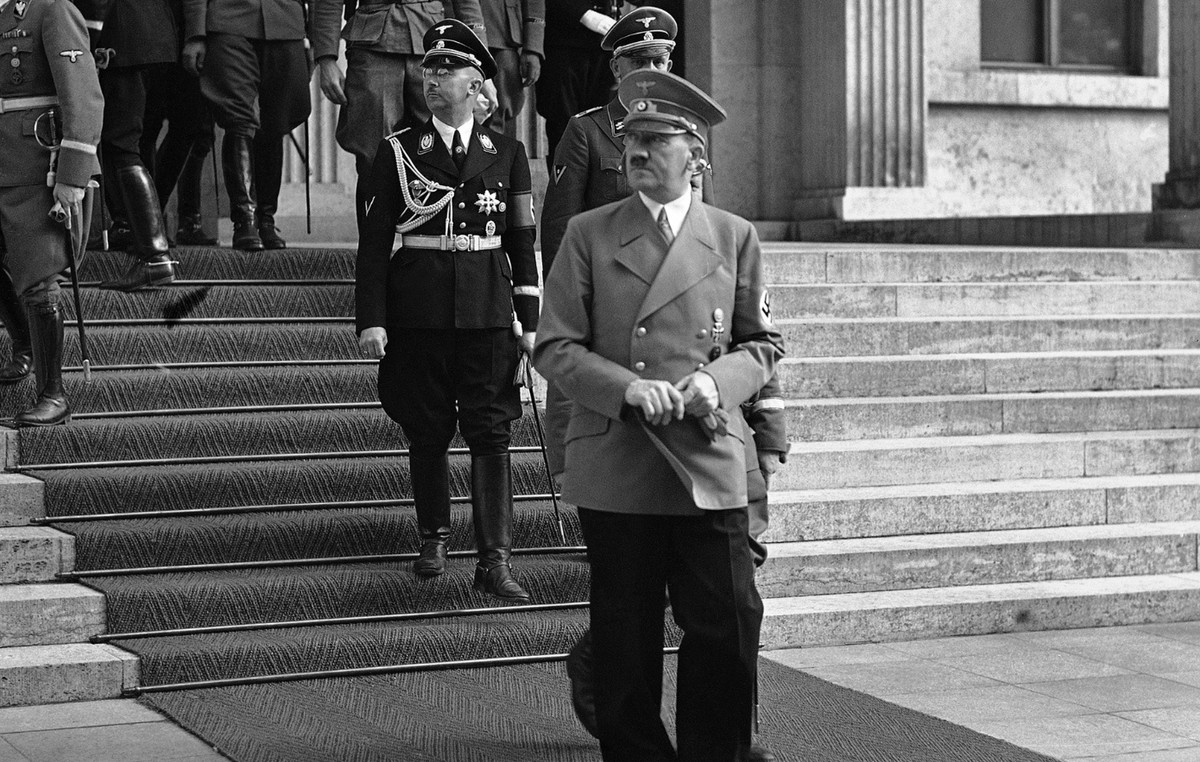We saw him, proactive as always, at the last Mobile World Congress in Barcelona. Who? Martin Cooper, the inventor of the first mobile phone, now 94 years old. Indeed, his creature made its debut a March of 1983, forty years ago. The mobile phone is therefore a Millennial of the first hour. Yet that Motorola DynaTAC X8000Xso cumbersome as to be nicknamed «brick phone», the brick telephone, really seems to us to come from another era. He cost $3,995, which is at today’s exchange rates it would be 10 thousand, and sold 300,000 pieces, aiming above all at an audience of top managers and financiers. It is no coincidence that one of the first film appearances was a few years later in Oliver Stone’s “Wall Street”, in the hands of Gordon Gekko played by Michael Douglas, which in turn was set two years earlier.
On the right the first DynaTAC 8000X from 1983, on the left the prototype from 1973
Bloomberg/Getty ImagesToday’s phones are super thin, with curved or folding screens, they have long since lost the physical keyboard and are basically made up of only a display on the front and increasingly refined chassis, at least in the high-end models. That Motorola was in turn born on the basis of the first prototype invented by Cooper, former vice president of the group, who had made the first call on Sixth Avenue in New York ten years earlier. The recipient of the call was Joe Engel of Bell Laboratories competitors AT&T, per
inform him that the race for the portable telephone, freed from the heavy radio telephones placed in briefcases by secret agents, had been won by the then US group (today the brand is controlled by the Chinese of Lenovo).
The DynaTAC X8000X – actually the version that went on sale in 1984, the year after it was approved by federal agencies, was the 8000X – was no performance monster, that’s for sure. But seen with the eyes of forty years ago it was a small miracle: thirty minutes of battery life, 10 hours of recharge, weight of less than 800 grams and height of 25 centimeters – today leaflets weigh around 170/180 grams with thicknesses between 5 and 8 millimeters – and even a small one-line display. There were barely thirty telephone numbers in the address book. Motorola would maintain the monopoly of the sector until 1998, when the golden age of Nokia began, in turn queen of the category for about ten years until the era of smartphones and today under the control of a Finnish holding company, Hmd Global, after a phase for the mobile division at Microsoft.
But what will the phones of the future look like? Cooper has no doubts. At the last Catalan technology fair, where he received recognition for his splendid career, he replied that «the next generation will have the telephone incorporated under the skin of the ears”.
More stories from Vanity Fair that may interest you:
- 7 features that make foldable smartphones truly special
- Smartphone, the leaflets with a spatial look are coming
Source: Vanity Fair
I’m Susan Karen, a professional writer and editor at World Stock Market. I specialize in Entertainment news, writing stories that keep readers informed on all the latest developments in the industry. With over five years of experience in creating engaging content and copywriting for various media outlets, I have grown to become an invaluable asset to any team.







